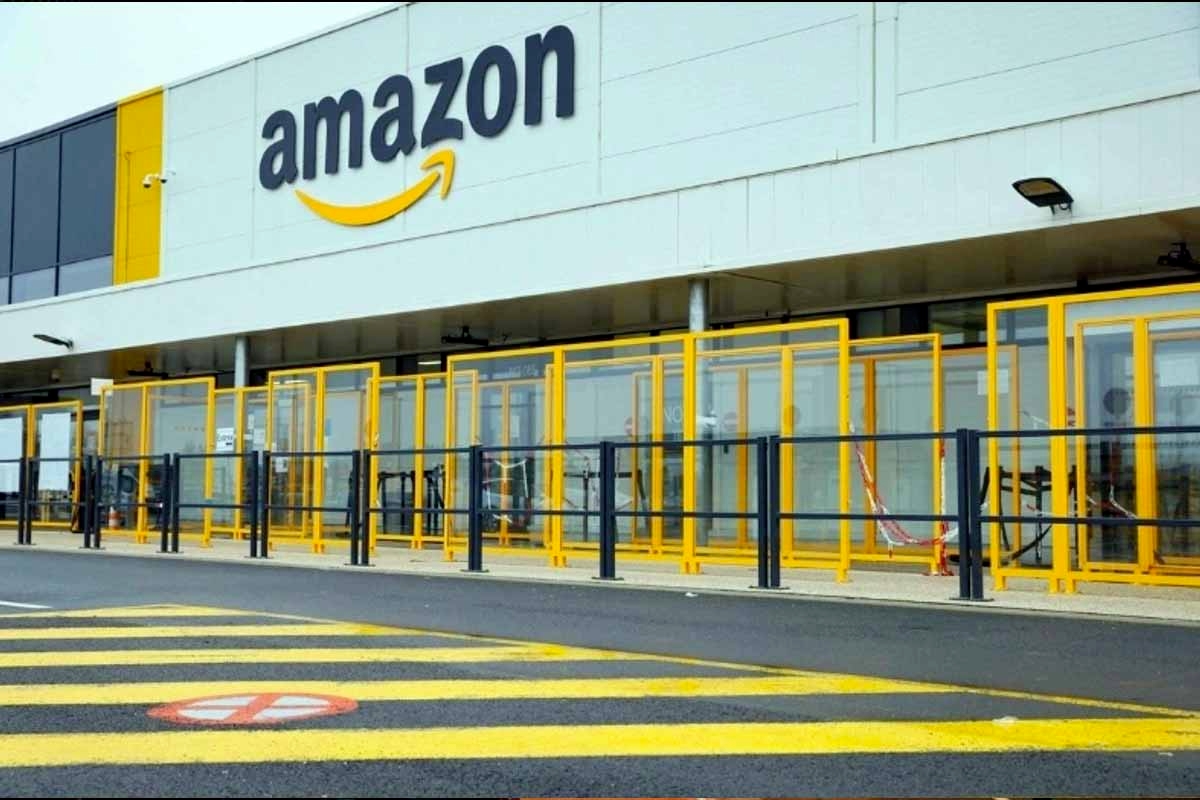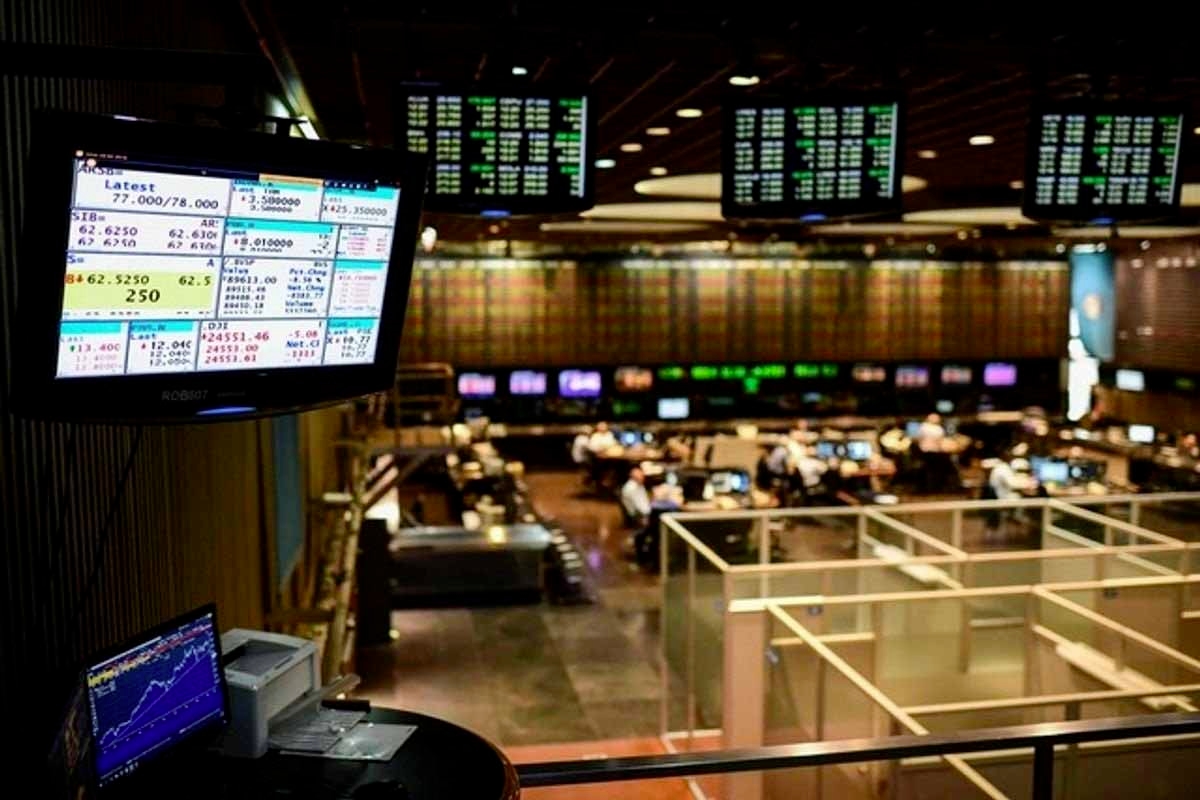The purification of Catalan tourism

The three key factors of the tourism industry are the number of arriving tourists, the number of overnight stays, and the average expenditure. In management terms, we would define these factors as: guests, frequency, and purchase receipts. The first and second have decreased slightly this year in Catalonia. However, the third continues to increase. Regarding the first factor, international tourists represented 21.2% of the Spanish market in Catalonia last year, compared to 15.3% in the Balearic Islands, 14.8% in the Canary Islands, 14.4% in Andalusia, 11.1% in the Valencian Community, and 8.8% in the Community of Madrid; these six destinations account for 85.6% of the total. In the 2015-2024 period, growth in Catalonia has moderated compared to the rest of the destinations, rising from 17.4 million to 19.9 million, while arrivals have soared in the other five. On the contrary, revenues, which were around €15.8 billion, have grown to more than €23.7 billion, an absolute and relatively higher amount than in the other countries.
Regarding the second aspect, hotel supply has grown by 3.8%, but the improvement in hotel accommodation over these ten years has been so spectacular that RevPAR has increased, according to Idescat, from an average of €62.3 per day to €92.25, and average hotel occupancy has remained above 70%, thanks primarily to Barcelona and Girona. Regarding the third aspect, that of tourist spending, a series of endogenous and exogenous conditions emerge that justify the restrictions experienced. Among the former, the immobility in many coastal tourist towns is evident. It is very difficult to improve the value of the territory in the face of climatic ravages and organize products for the entire year; even more so to curb flows in summer and expand those in winter. Regarding exogenous causes, significant changes in demand are taking place. French and German tourists from nearby areas are no longer coming; the same is happening with those from longer distances, such as Nordic countries, whose absence had begun to be felt in previous years. What's happening with traditional markets? Europeans' leisure spending has shrunk in recent years, and since tourism in Catalonia is more expensive, both are staying home or preferring closer, cheaper destinations. Not to mention something fundamental: tourists are increasingly adjusting their outings to a lesser degree. They continue to travel, but they spend less in the summer. As travel and accommodation become more expensive, budgets push them to spend more on supermarkets instead of restaurants, bars, excursions, festivals, or museums. If we add to this the oversupply crowding beach bars and streets, a perfect storm can emerge. Despite all this, spending increases.
Profitability The improvement of the hotel infrastructure has increased RevPAR by 48% in ten years: from an average daily rate of €62.3 to €92.25, according to Idescat.Some are alarmed by this situation, but the smaller, more expensive clientele is welcome: it cleans up the market, forces an improvement in the quality of the offering, a tightening of prices, and impacts the sector's profitability.
lavanguardia





